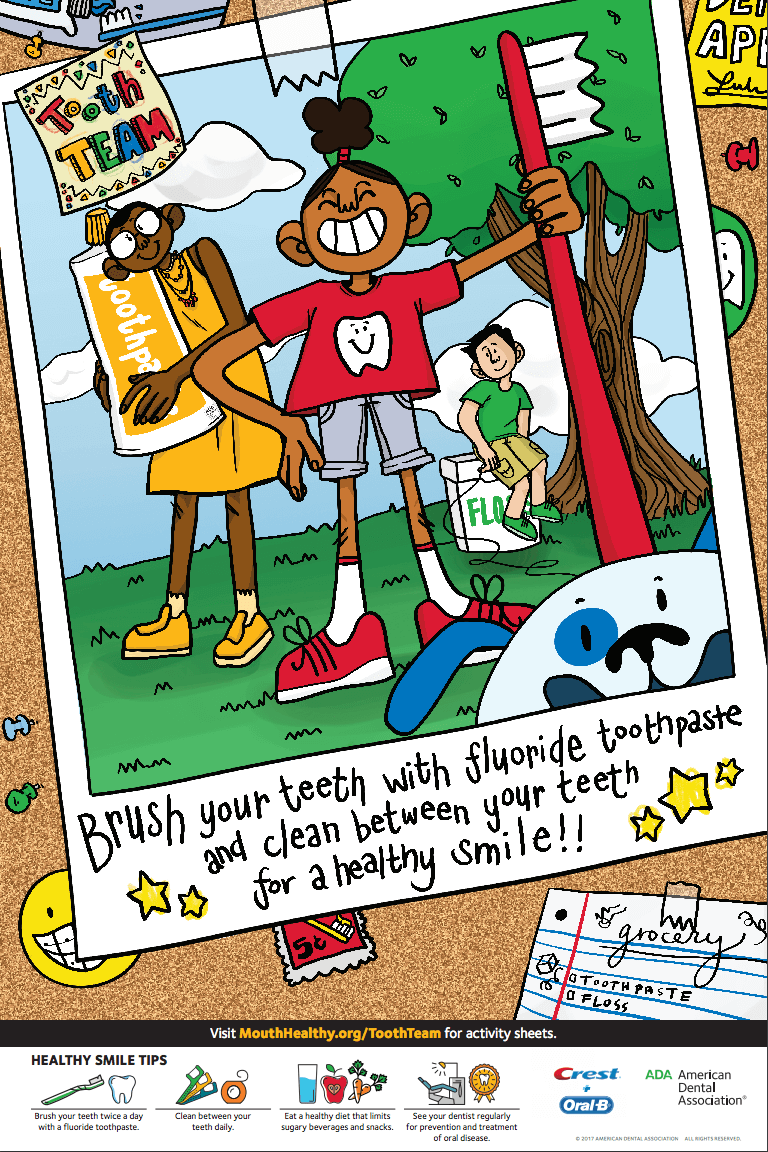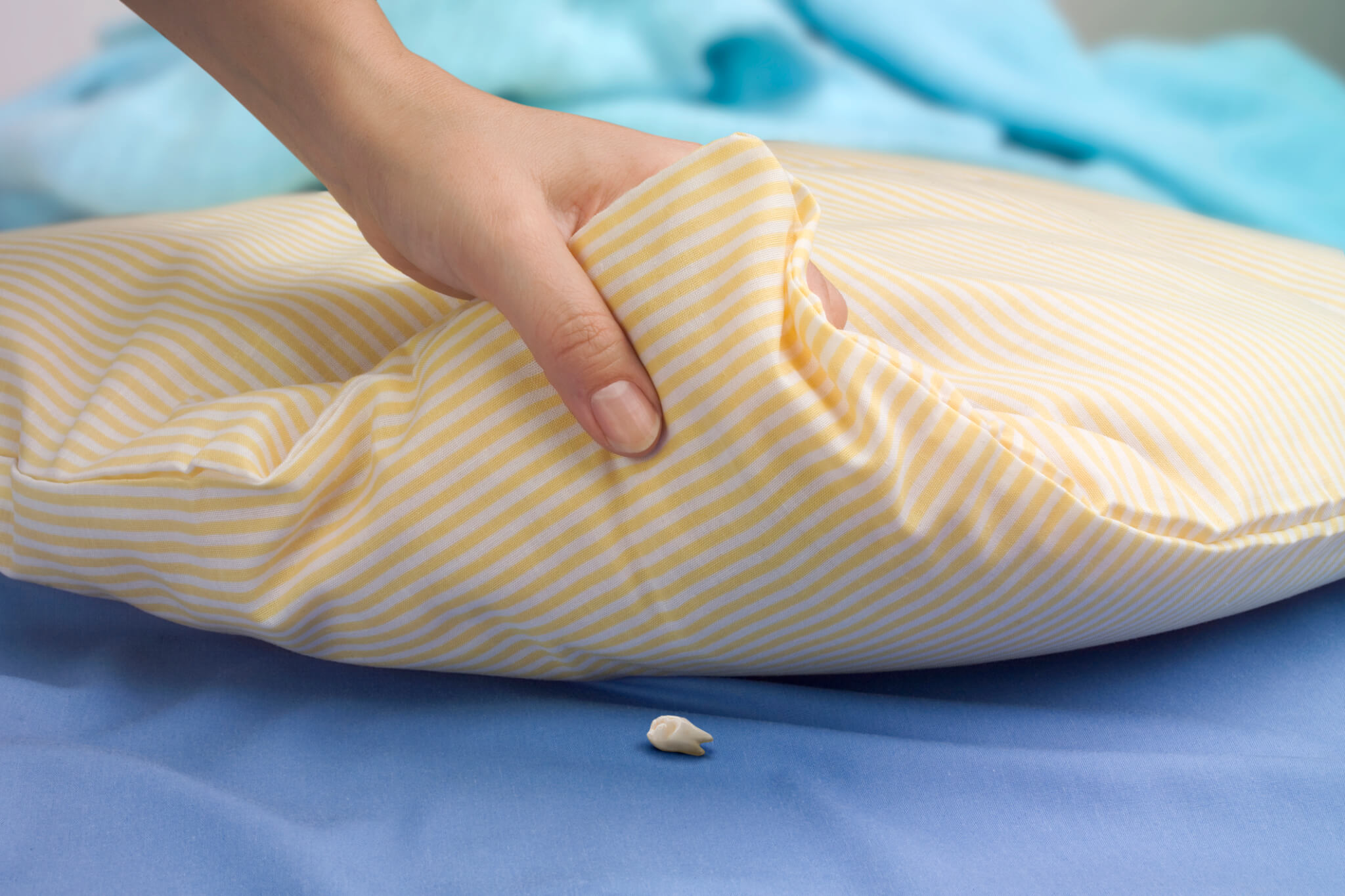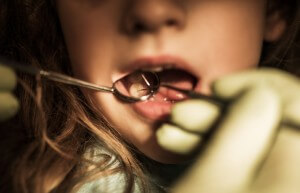There’s still one week left in February, and still plenty of time to celebrate National Children’s Dental Health Month! It’s the perfect excuse to discuss (and practice!) good dental habits with your kids.
What It Is
National Children’s Dental Health Month began as a one-day event in Ohio during the 1940’s. In 1949 it became an officially-observed national recognition day, followed by expansion to a weeklong event in 1955. The  program became a month-long event in 1981 and since has grown into a focused nationwide program.
program became a month-long event in 1981 and since has grown into a focused nationwide program.
Thanks to the observance, positive messages and dental health knowledge reach millions of people in communities across the country and beyond. According to the American Dental Association, local events often include poster, coloring and essay contests, dental health fairs, free screenings, museum exhibits, classroom presentations and dental office tours. The American Dental Association hosts a web page full of resources for parents and educators, including free coloring and activity sheets.
Why It’s Important
As we’ve discussed in posts HERE and HERE, the teeth habits that are established early will last a lifetime. This observance gives you a perfect opportunity to engage your kids in developing proper brushing techniques. And while Meyer & Johns Dental pays special attention to our young patients, the most important factor in their oral hygiene habits is YOU – because parents with healthy teeth have children with healthy teeth!
Also This Month
According to the American Dental Association events page, “National Tooth Fairy Day” is celebrated on August 22 each year. However,  it is also widely recognized on February 28 – an anomaly for which there is no recorded explanation. But when it comes to talking about teeth, Meyer &
it is also widely recognized on February 28 – an anomaly for which there is no recorded explanation. But when it comes to talking about teeth, Meyer &
Johns Dental always believes that “More is Better”. So why not celebrate twice? Next Wednesday, wish someone a Happy (1st) Tooth Fairy Day 2018! #NationalToothFairyDay


